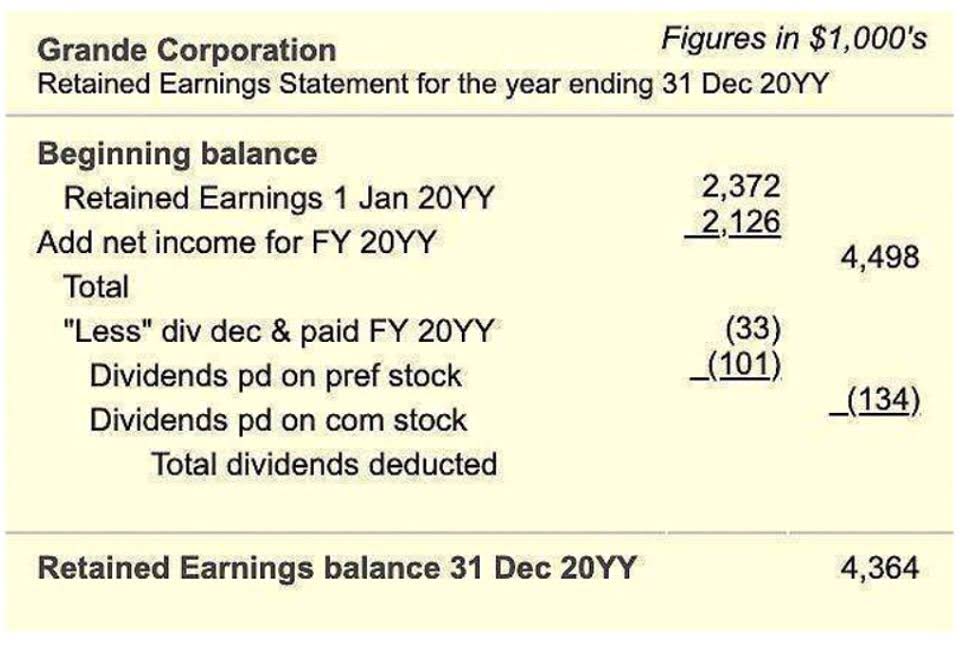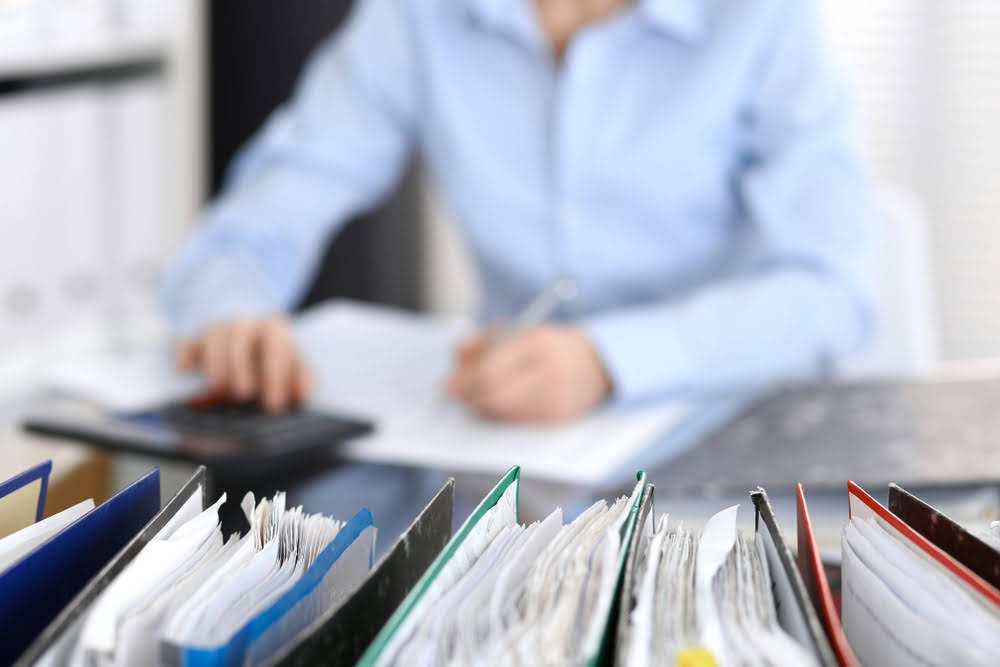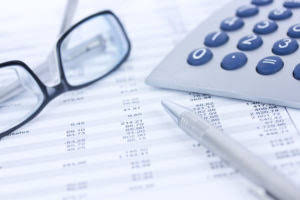
His latest acquisitions include multi-tenant industrial and small-bay flex properties that provide predictable returns, a strategy that has allowed his portfolio to withstand economic downturns. To achieve positive cash flow, you would need to either increase rental income or reduce expenses. Cash flow in real estate is a critical concept that every investor needs to understand. Simply put, cash flow is the net amount of money you make from a rental property after all expenses have been paid. However, in some instances, an investor may be willing to purchase a property with little to no (or even negative) cash flow if there are other financial considerations. For instance, an owner might realize a larger gain by using accelerated depreciation on an asset (which can be worth tens or hundreds of thousands of dollars) than they would in nominal cash flow.

Vacation Rentals and Airbnb
The information provided here is not investment, tax, or financial advice. You should consult with a licensed professional for advice concerning your specific situation. Once you have a good grasp of the market, the next step is building your portfolio.
- Managing liquidity in real estate investments is about ensuring you have enough cash on hand to cover your immediate expenses and unexpected costs.
- You should try exploring different markets and property types to find unique opportunities that align with your investment strategy.
- It’s also important to account for potential vacancies and rent escalations over time, ensuring that the model reflects realistic income scenarios.
- One common technique is the straight-line method, which assumes that rents and expenses will increase steadily over time.
- For instance, if you invest in a multi-family property, you should evaluate the early rental income and how it compares to your debt service payments.
Financing Strategies and Cash Flow Impact
Whether due to inflation or favorable market conditions, the long term trend for rents is usually up. So, when a tenant’s lease comes up for renewal, property owners should review market conditions and raise rents if possible. In addition, they may add a clause to the lease that calls for periodic rent increases at regular intervals over the term of the lease. In an ideal scenario, a property is always 100% full with tenants who pay their rent on time. When a tenant decides to vacate their space, it may take some amount of time to find a new one.
⚡️Reveal any property’s Airbnb and Long-Term rental profitability
It guides you through the intricate landscape of rental income, operating expenses, mortgage payments, and other financial elements tied to your property. However, it’s important to take into account operating expenses when calculating NOI. Common operating expenses include insurance premiums, utility costs for common areas, property taxes, janitorial services, and maintenance fees.
- This information can guide your decisions on whether to increase rent, invest in property improvements, or reevaluate service contracts to enhance efficiency.
- Cash flow is the amount of profit you bring in each month after collecting all income, paying all operating expenses, and setting aside cash reserves for future repairs.
- This data forms the basis of the forecast, which can be constructed using various methods, including simple spreadsheet models or more sophisticated financial software.
- On the other hand, negative cash flow occurs when the expenses of owning and operating the property exceed the rental income, resulting in a loss.
- Cash flow real estate investments have the potential to generate enough passive income to allow for early retirement.

But this isn’t about acquiring as many properties as possible; it’s about making smart, diverse choices. For instance, unlike EBITDA, which accounts for non-cash items like depreciation, NOI focuses solely on real estate’s operating profits. This makes NOI more suitable for real estate analysis but less thorough for overall business valuations. Designed to offer readers accurate, cutting-edge information to guide their investment decisions, each issue of Canadian Real Estate is filled with informative articles on a broad range of topics. Using the example outlined above, if a property has $230,000 in NOI and is trading in a 6-cap environment, that property would be worth approximately $3.83 million ($230k what is cash flow in real estate / 0.06).
All information presented comes from third party individuals and the investor community. RTR is simply a real estate education platform available to the general public for anyone who would like to learn more about real estate related topics. Individual owners have the ability to show their properties publicly on our site to find potential deal partners. Each person is encouraged to conduct their own independent verification of any information shown as RTR will not be held responsible for inaccurate information presented by website users.

In this blog, I won’t give you a line by line breakdown of the spreadsheet. For those details, review the rental property analysis spreadsheet course. When you purchase a rental property, you’re buying the land and the structure (known as “improvements.”) The land does not depreciate, but the improvement does. Paying down the principal is actually building more equity in your property. Equity is like money in your “real estate piggy bank.” Every time you pay down the principal and build equity in your property, you’re getting a return. For many of our Denver transactions, these costs range from $2,000 to $15,000.
Generally, investors look for at least a 1.25 cash flow ratio, meaning that for every dollar of expenses, the property brings in $1.25 in income. This ratio ensures that a property will not only be able to cover its financial obligations but also offer its cash flow owners some profit, hence making it a reliable and sustainable investment. Before diving into investments, you need to fully understand what cash flow in real estate is all about. Cash flow is the net amount moving in and out of your real estate investment—obviously, an important number to keep track of. It gives a metric for how an investor will know the profitability of a property. Without understanding cash flow, you might have a property that is losing money rather than profiting.

Property Value Add Strategies
Positive cash flow is when the property produces surplus income after all expenses, including taxes and debt service, have been paid. For example, if a property generates $500,000 in rental income and has $200,000 in operating expenses and another $150,000 in debt service, there would be $150,000 remaining in positive cash flow. This positive cash flow could be retained by the operator (a “rainy day fund”), reinvested in property improvements, and/or distributed to investors. Learning how to analyze cash flow and calculate net cash flow from rental properties is essential for understanding the financial performance of your real estate investments. To do this, you’ll need to understand the different sources of income – like rent and deposits – as well as expenses such as taxes, insurance, and repairs. Once you have these numbers in hand, you can subtract your bookkeeping for cleaning business total expenses from your total intake to determine your net cash flow.
